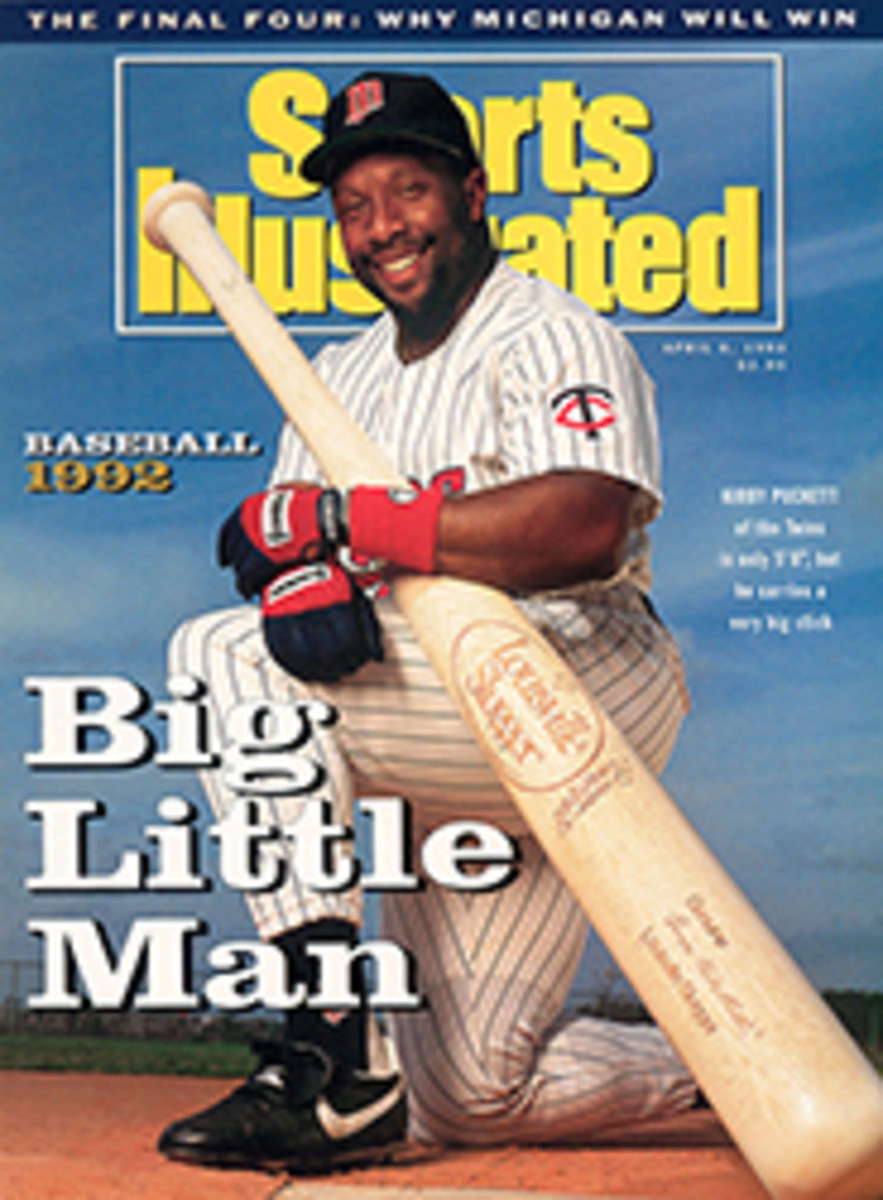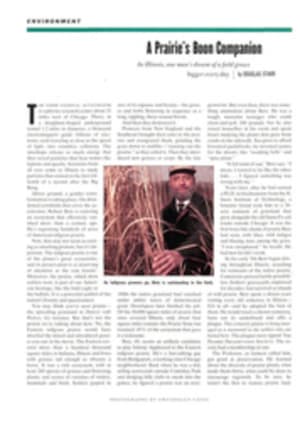
Tee Time at the Health Club
Last winter Dan Katzner, a 28-year-old bond trader from Brooklyn, honed his golf game by playing the holes of the Atlanta Country Club, the Doral Country Club and Pebble Beach. He never lost a ball, he never waited behind a slow foursome—and he never left Brooklyn.
Katzner played InGolf, an indoor simulated golf game, at the Eastern Athletic Club in Brooklyn Heights. One of the latest entries in an increasingly competitive golf simulator market, InGolf is part video game and part real golf, and it can be found at health clubs and sports bars around the country. It will never replace the thrill of actually teeing off outdoors, but for urban duffers like Katzner it's the next best thing in the middle of winter.
Here's how InGolf works: A golfer stands in a booth and uses real clubs and a regular ball with a mirror embedded in it to hit toward a 10-by 12-foot video screen, upon which an image of the fairway is displayed. When the ball hits the screen, its location, velocity, trajectory and axis spin are measured by a computer. As the ball drops to the floor, an image of it sails down the video fairway, following the path the ball would have traveled had it been hit outdoors. If the ball lands in water, it splashes. If it hits a tree, it ricochets.
After each stroke, the image on the screen changes, moving the golfer closer to the green. At the same time, an onscreen readout serves as a kind of computerized caddie, giving information to the player about yardage—how far the previous ball traveled, as well as the remaining distance to the pin—to help plan the next shot.
The par-72 InGolf course is based on 18 holes selected from courses used on the PGA Tour, including the diabolical island green of the par-3 17th at the Tournament Players Club at Sawgrass and the famed par-5 18th at Pebble Beach. Bunkers and water hazards abound, and if a player lands in one, he or she is penalized one stroke. Like an outdoor course, InGolf has women's and men's tees, and those who want even more of a challenge can play from the championship tees. There's also a "driving range." As many as four people can play on one simulator, alternating their shots just as they would on a regular course. It takes about three hours for an average foursome to complete a round, which generally costs about $25 per person, though prices vary by location.
InGolf is not the first or only indoor golf course. Simulated golf has been around since 1979, when a Salt Lake City company called Optronics, Ltd. introduced its Par T Golf simulator. Today, with about 725 games in use worldwide, Par T is the most popular simulator on the market. Mizuno, a Japanese sports-equipment manufacturer, recently introduced its version of indoor golf, the Tour Simulator, which is currently available only in Japan.
InGolf is the creation of Don Curchod, a mechanical engineer and transplanted Australian who is the president of the Sunnyvale, Calif., company. Curchod first began working on a golf simulator in 1982. After six years of tinkering on his own, Curchod hired Charlie Grisafi, an engineer, and John Geraci, a software programmer, to develop a game with electronic sensors that would measure the rotation of the ball, determine whether the shot is a hook or a slice, and interact with the ball. Earlier versions of simulated golf were based on a series of photographs; in Par T, for example, if a ball hits a tree trunk, it sails miraculously through the wood. Curchod's more realistic game doesn't come cheap—InGolf machines cost $40,000 and up.
Like any software, the InGolf program has an occasional glitch, particularly when it measures the distance of a drive. This reporter, a novice golfer, hit a shot with a five-iron that the computer measured at 306 yards. The setup for putting depends on how much space is available. At some clubs the "green" is a piece of artificial turf and is the same for every hole; other installations have room for a variety of putting greens. Still, the game is surprisingly accurate, and players usually report scores similar to those they make outdoors.
Most indoor golfers are happy to practice their swings and maybe make a birdie once in a while. And for many the game is a novelty. "Golf in the middle of the city?" says one InGolf rookie. "Who ever heard of that before?"
PHOTO
CXI PHOTOGRAPHY
InGolf's attractions include no lost balls off the video fairways.
San Francisco-based free-lancer Laura Hilgers is a frequent contributor to SI.

